Overview
Canada, the second-largest country in the world, is renowned for its stunning landscapes, vibrant cities, and rich cultural heritage.
From the majestic Rocky Mountains to the historic streets of Quebec City, Canada offers a diverse range of experiences that cater to every type of traveler.
The country is a mosaic of cultures, influenced by Indigenous peoples, French and British settlers, and a multitude of immigrant communities. This blend creates a unique atmosphere that is both welcoming and enriching.
Traveling through Canada allows visitors to explore breathtaking natural wonders, engage with fascinating history, and enjoy world-class dining and entertainment.
Whether you’re hiking in national parks, experiencing the urban pulse of cities like Toronto and Vancouver, or savoring local delicacies in charming towns, Canada promises unforgettable adventures.
In this blog post, we’ll explore the top 15 tourist attractions in Canada, detailing their historical significance, unique features, best times to visit, and essential travel tips.
Table of Contents
1. Niagara Falls, Ontario
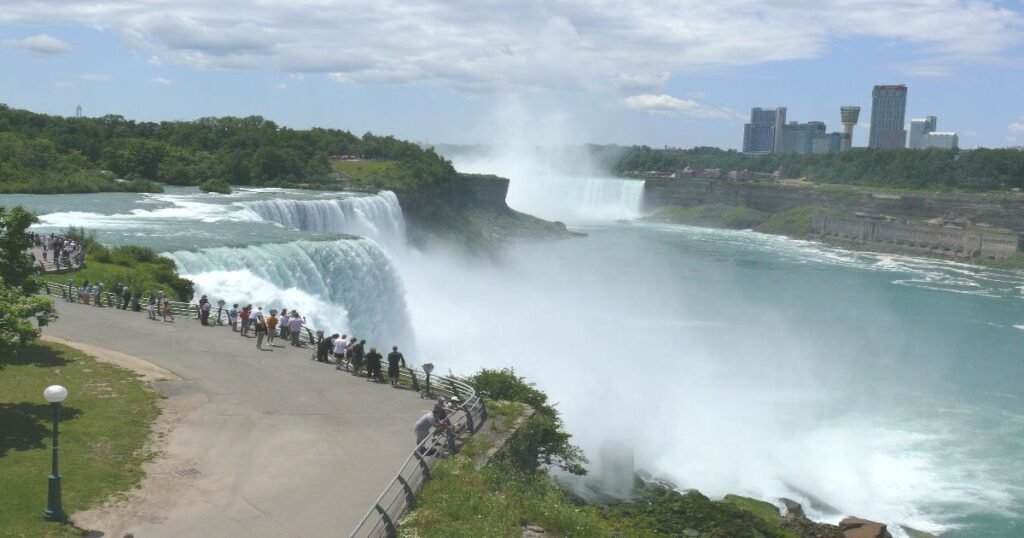
Niagara Falls is one of the most famous natural attractions in the world, located on the border between Canada and the United States. The falls drop approximately 57 meters (188 feet) and are known for their stunning beauty and immense power.
Historical and Cultural Significance:
Niagara Falls has been a popular tourist destination since the early 19th century. It has a rich history of daredevils attempting to cross or plunge over the falls in various contraptions. The surrounding area has developed into a vibrant tourism hub with attractions that cater to all ages.
Unique Features:
Visitors can take boat tours that bring them close to the falls or explore the Journey Behind the Falls attraction for a unique perspective from behind the cascading water. The area also features beautiful parks and walking trails.
Best Time to Visit:
The best time to visit Niagara Falls is from late spring to early fall (May to September) when the weather is pleasant and all attractions are open.
Travel Tips:
- Transportation: Accessible via car from major cities like Toronto (1.5 hours) or Buffalo (30 minutes).
- Accommodations: Numerous hotels and resorts are available nearby.
- Local Customs: Tipping is customary in restaurants and for services.
2. Banff National Park, Alberta

Banff National Park is located in Alberta’s Rocky Mountains and is celebrated for its breathtaking scenery, including turquoise lakes, glaciers, and abundant wildlife.
Historical and Cultural Significance:
Established in 1885 as Canada’s first national park, Banff holds historical importance as a symbol of conservation efforts in Canada. The park’s natural beauty has inspired countless artists and writers over the years.
Unique Features:
Highlights include Lake Louise, known for its stunning color and picturesque setting, as well as Moraine Lake and the Icefields Parkway—a scenic drive that offers incredible views.
Best Time to Visit:
The ideal time to visit Banff National Park is during summer (June to August) for hiking and sightseeing or winter (December to March) for skiing.
Travel Tips:
- Transportation: Rent a car for flexibility; shuttle services are also available.
- Accommodations: Options range from luxury hotels to campgrounds.
- Local Customs: Respect wildlife by keeping a safe distance.
3. CN Tower, Toronto
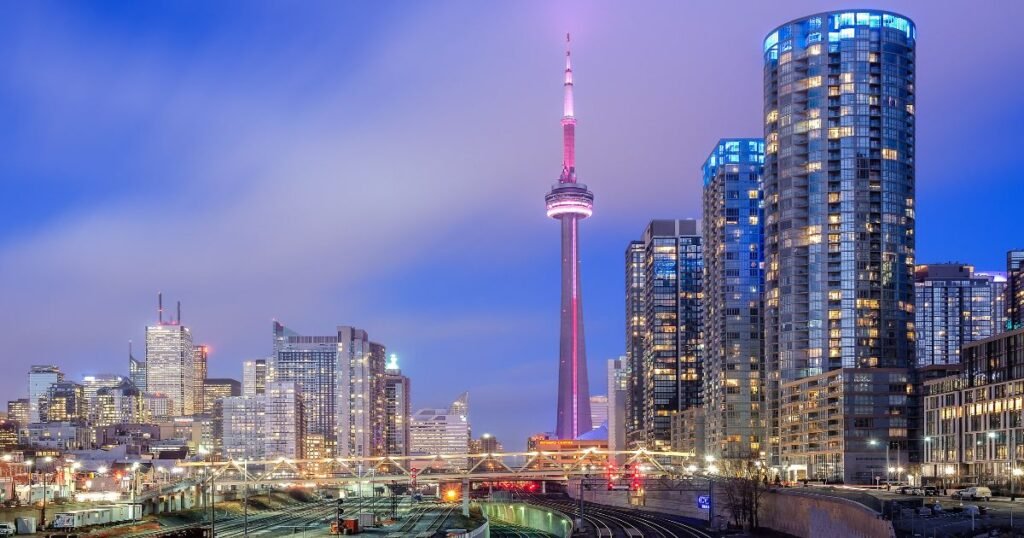
The CN Tower is an iconic symbol of Toronto and one of the tallest freestanding structures in the world at 553 meters (1,815 feet).
Historical and Cultural Significance:
Completed in 1976, the CN Tower was originally built as a telecommunications tower but has since become a major tourist attraction representing Toronto’s skyline.
Unique Features:
Visitors can enjoy panoramic views from the observation deck or dine at the revolving restaurant while overlooking the cityscape.
Best Time to Visit:
Visit year-round; however, clear days provide better visibility for views.
Travel Tips:
- Transportation: Easily accessible via public transit.
- Accommodations: Numerous hotels within walking distance.
- Local Customs: Be polite; Canadians value courtesy.
4. Old Quebec (Vieux-Québec)

Old Quebec is a UNESCO World Heritage site known for its well-preserved colonial architecture and vibrant history.
Historical and Cultural Significance:
As one of North America’s oldest cities, Old Quebec showcases French colonial history through its architecture and culture. The area has been pivotal in Canadian history since its founding in 1608.
Unique Features:
Key attractions include Château Frontenac, Place Royale, and numerous quaint shops and cafes that evoke a European atmosphere.
Best Time to Visit:
The best time to visit is during summer (June to August) for festivals or winter (December to February) for its enchanting Christmas markets.
Travel Tips:
- Transportation: Walkable; parking can be limited.
- Accommodations: Boutique hotels offer unique stays.
- Local Customs: French is widely spoken; learning basic phrases is appreciated.
5. Whistler, British Columbia

Whistler is renowned as one of North America’s premier ski resorts but also offers year-round outdoor activities.
Historical and Cultural Significance:
Whistler gained international fame as a host site for events during the 2010 Winter Olympics. Its development into a world-class resort began in the mid-20th century.
Unique Features:
In addition to skiing, visitors can enjoy mountain biking trails in summer, hiking opportunities, and vibrant nightlife.
Best Time to Visit:
Winter (December to March) for skiing; summer (June to September) for hiking and biking.
Travel Tips:
- Transportation: Accessible via car or shuttle from Vancouver.
- Accommodations: Range from luxury lodges to budget hostels.
- Local Customs: Dress appropriately for outdoor activities; layers are key.
6. Parliament Hill, Ottawa
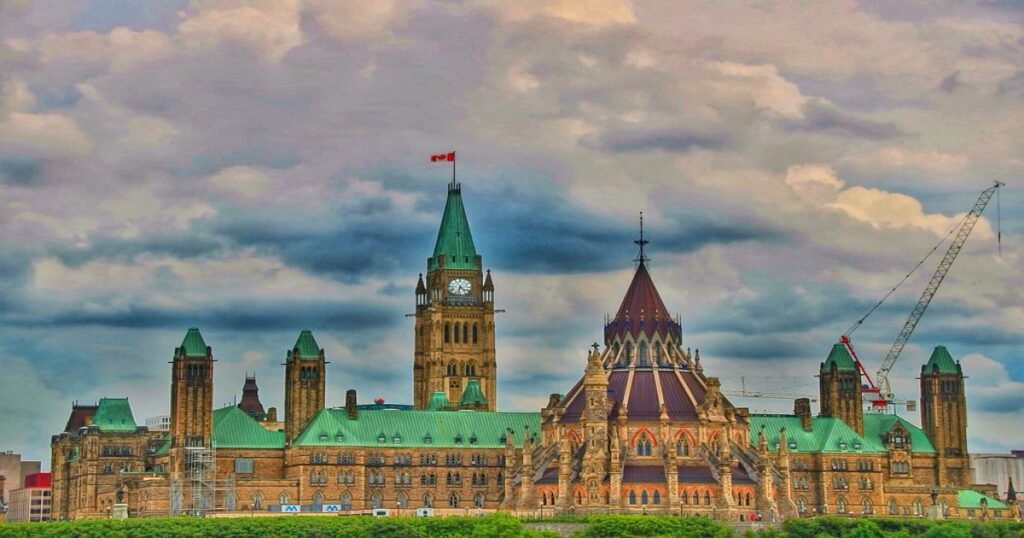
Parliament Hill is home to Canada’s federal government and features impressive Gothic Revival architecture set against the backdrop of the Ottawa River.
Historical and Cultural Significance:
Parliament Hill has been central to Canadian democracy since 1867. It hosts important national events such as Canada Day celebrations.
Unique Features:
Visitors can tour historic buildings like the Centre Block and witness the Changing of the Guard ceremony during the summer months.
Best Time to Visit:
Spring (April-May) or summer (June-August) when tours are available; fall foliage also adds beauty in September-October.
Travel Tips:
- Transportation: Public transit options are available; walking distance from downtown hotels.
- Accommodations: Hotels nearby offer convenient access.
- Local Customs: Respect parliamentary decorum during visits.
7. Gros Morne National Park, Newfoundland
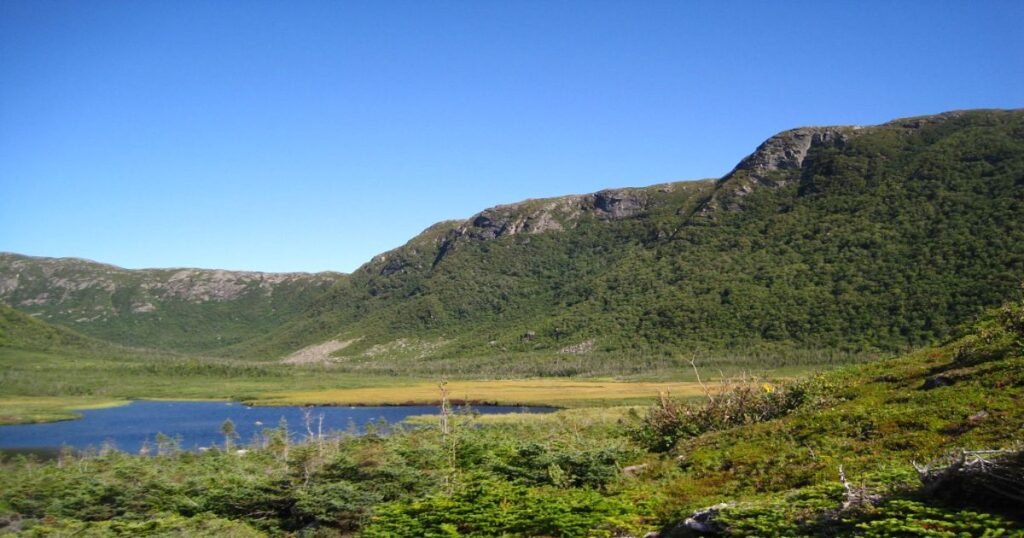
Gros Morne National Park is located on Newfoundland’s west coast and is recognized for its dramatic landscapes shaped by geological forces over millions of years.
Historical and Cultural Significance:
Designated as a UNESCO World Heritage site in 1987, Gros Morne showcases unique geological features that tell Earth’s history through its rock formations.
Unique Features:
Visitors can hike along trails offering stunning views of fjords or explore coastal areas rich with marine life. The park also hosts various cultural events reflecting local heritage.
Best Time to Visit:
Summer (June-August) offers ideal hiking conditions; fall provides beautiful foliage views.
Travel Tips:
- Transportation: A rental car is recommended for exploring remote areas.
- Accommodations: Lodges and campgrounds are available within or near the park.
- Local Customs: Respect nature by following Leave No Trace principles.
8. Churchill – Polar Bear Capital, Manitoba
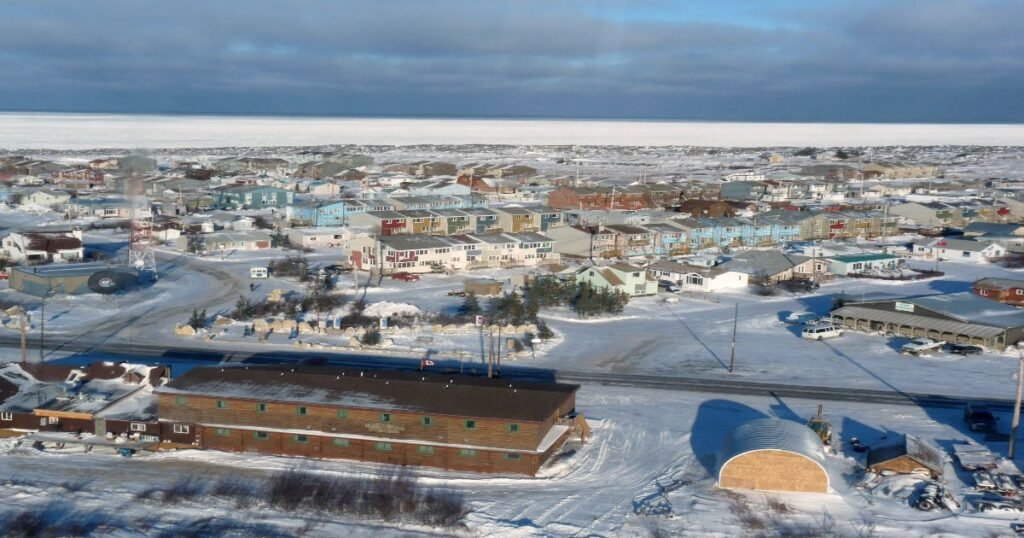
Churchill is famously known as the “Polar Bear Capital of the World,” attracting wildlife enthusiasts eager to see these magnificent creatures in their natural habitat during migration seasons each fall.
Historical and Cultural Significance:
Historically significant as a fur trading post, Churchill’s economy now thrives on eco-tourism centered around polar bear viewing during migration seasons each fall.
Unique Features:
Visitors can take guided tours on tundra buggies designed for the safe viewing of polar bears while learning about their ecology from knowledgeable guides.
Best Time to Visit:
Late October to early November during polar bear migration season offers optimal viewing opportunities; summer months attract beluga whale watchers instead!
Travel Tips:
- Transportation: Limited flights are available; book well in advance.
- Accommodations: Local lodges cater specifically to eco-tourists.
- Local Customs: Dress warmly; temperatures can be extremely low.
9. Vancouver Island, British Columbia
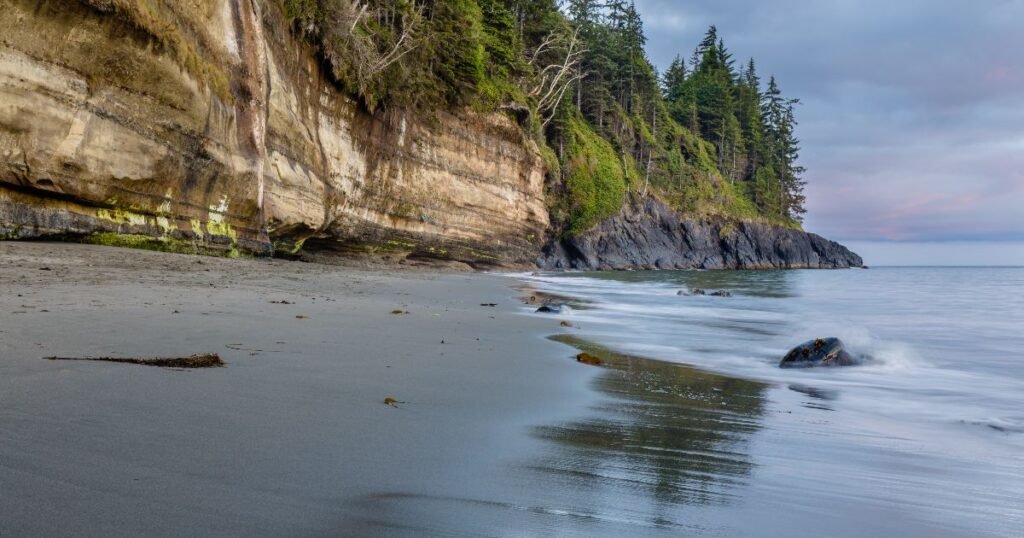
Vancouver Island boasts breathtaking natural beauty combined with charming towns like Victoria—the capital city of British Columbia—and offers outdoor adventures year-round.
Historical And Cultural Significance:
Home to several Indigenous communities before European contact, Vancouver Island reflects diverse cultural influences through art galleries showcasing First Nations art alongside colonial heritage sites.
Unique Features:
Visitors can explore Butchart Gardens’ stunning floral displays, hike through the Pacific Rim National Park Reserve, or spot whales off Tofino’s coast.
Best Time To Visit:
Spring (April-June ) showcases blooming flowers while summer months attract beachgoers; fall provides beautiful foliage views.
Travel Tips:
- Transportation: Ferries connect the island with the mainland; rental cars are recommended.
- Accommodations: Options range from luxury resorts near beaches to cozy B&Bs, and camping sites.
- Local Customs: Respect indigenous cultures by learning about local traditions.
10. Bay of Fundy, Nova Scotia/New Brunswick
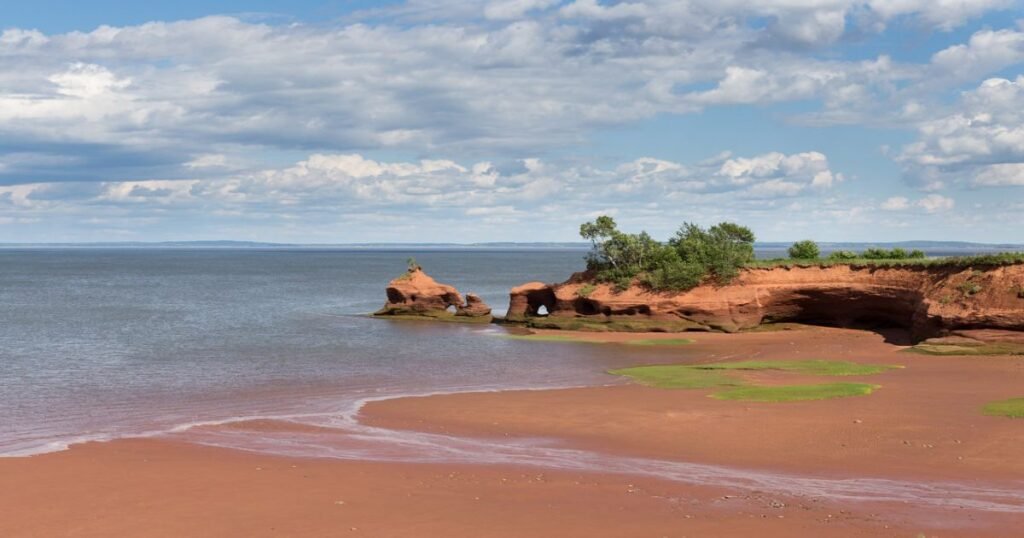
The Bay Of Fundy features some of the highest tides globally, creating unique ecosystems along its shores.
Historical And Cultural Significance:
Historically significant since early European settlements, the Bay Of Fundy played a crucial role in fishing industries. Today it attracts eco-tourists interested in exploring marine life.
Unique Features:
Visitors can witness tidal bore phenomena, explore Hopewell Rocks’ flowerpot formations, or go whale watching.
Best Time To Visit:
Summer months offer ideal conditions; fall showcases colorful foliage.
Travel Tips:
- Transportation: Accessible by car from Halifax; guided tours available.
- Accommodations: Range from hotels to inns along coastlines.
- Local Customs: Respect nature by following guidelines when visiting protected areas.
11. Jasper National Park, Alberta

Jasper National Park located within Alberta’s Rocky Mountains offers stunning vistas along with diverse wildlife habitats.
Historical And Cultural Significance:
Established as a national park back in 1907, Jasper reflects conservation efforts aimed at preserving natural beauty while promoting tourism.
Unique Features:
Highlights include Maligne Lake boat tours, Athabasca Glacier hikes, and star gazing opportunities due to dark skies designation.
Best Time To Visit:
Summer months provide perfect hiking conditions; winter attracts skiers looking to enjoy slopes nearby.
Travel Tips:
- Transportation: Renting cars is recommended to explore the park; shuttle services are available too.
- Accommodations: Options range from rustic cabins to campgrounds and luxury lodges.
- Local Customs: Follow Leave No Trace principles when enjoying outdoor activities.
12. Rideau Canal, Ottawa
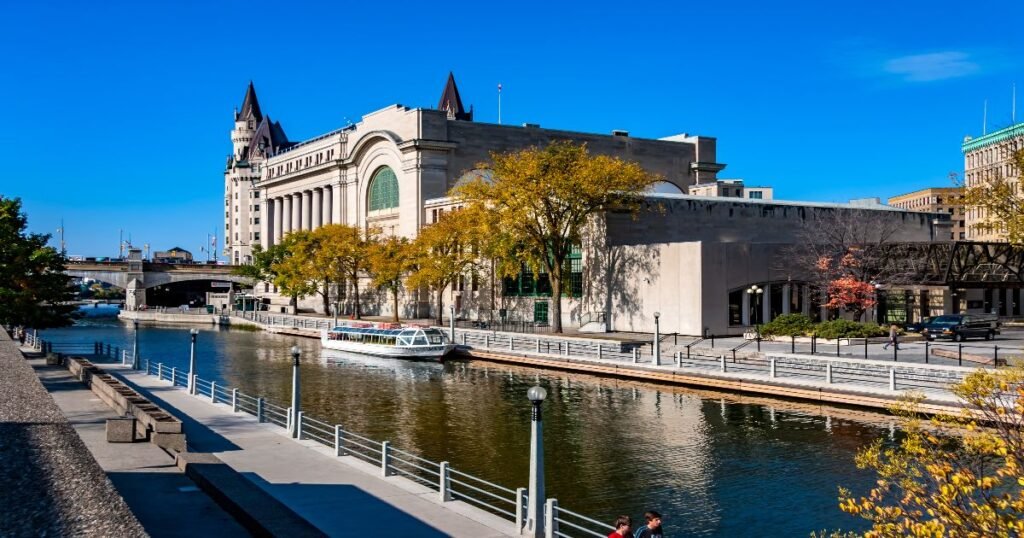
The Rideau Canal serves not only as a historic waterway connecting Ottawa and Kingston but also transforms into the world’s largest skating rink during winter months.
Historical And Cultural Significance:
Constructed back early 19th century primarily for military purposes, today it represents an engineering marvel linking two cities while hosting recreational activities year-round.
Unique Features:
Visitors can enjoy boating in summer while skating in winter; surrounding parks provide picnic spots and scenic walking trails.
Best Time To Visit:
Summer months offer ideal boating experiences; winter transforms the canal into an ice-skating paradise.
Travel Tips:
- Transportation: Easily accessible via public transit within walking distance of downtown attractions.
- Accommodations: Hotels nearby offer convenient access city center.
- Local Customs: Be respectful to fellow skaters and maintain safety etiquette.
13. Calgary Stampede, Alberta
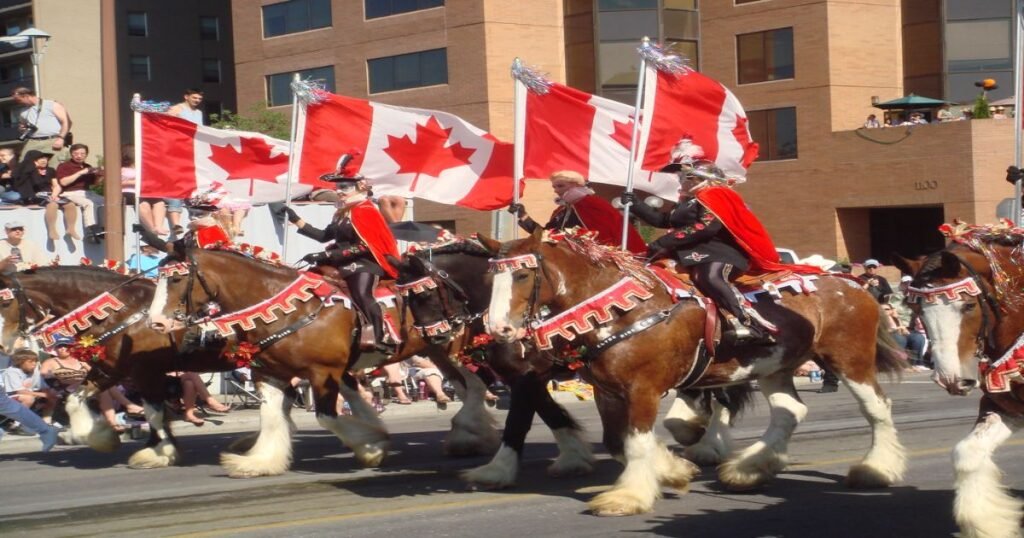
The Calgary Stampede celebrates Western culture through thrilling rodeo events and concerts showcasing local talent.
Historical And Cultural Significance:
Founded back early 20th century, this annual festival showcases Alberta’s rich ranching heritage attracting visitors worldwide.
Unique Features:
Highlights include chuckwagon races live performances food vendors selling traditional dishes.
Best Time To Visit:
Held annually every July making it the perfect time to experience true cowboy spirit.
Travel Tips:
- Transportation: Public transport options are available during festival days.
- Accommodations: Book early due to high-demand hotels near the event grounds.
- Local Customs: Embrace cowboy culture by dressing in Western attire and participating in festivities.
14. Algonquin Provincial Park, Ontario
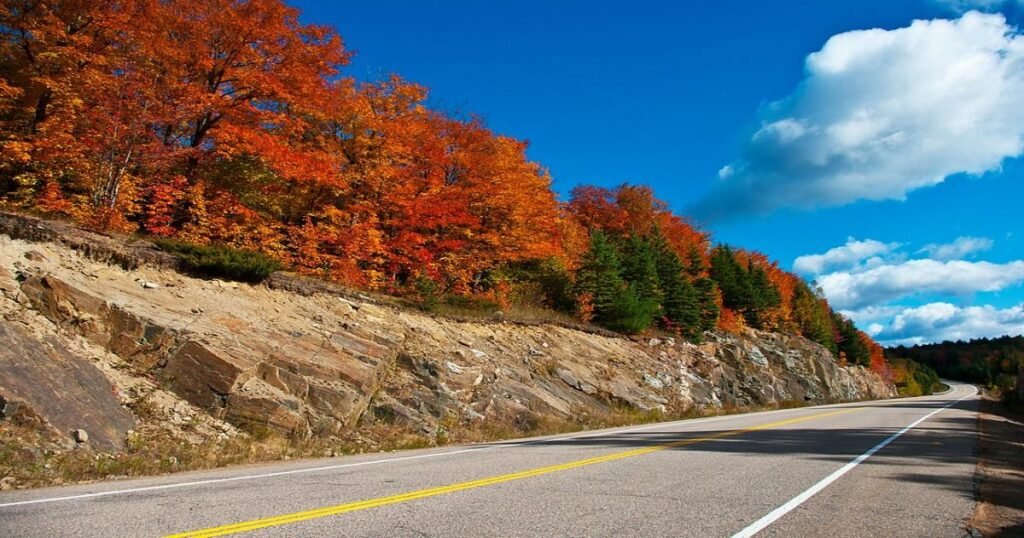
Algonquin Provincial Park represents Ontario’s natural beauty featuring pristine lakes and diverse wildlife habitats.
Historical And Cultural Significance:
Established back late 19th century this park reflects conservation efforts aimed at preserving ecosystems while promoting outdoor recreation.
Unique Features:
Visitors can enjoy canoeing camping hiking trails exploring scenic landscapes.
Best Time To Visit:
Summer months attract campers and hikers seeking adventure; fall showcases vibrant foliage colors.
Travel Tips:
- Transportation: Accessible via highways connecting major cities in Ontario.
- Accommodations: Campground cabins are available throughout the park.
- Local Customs: Respect wildlife and maintain safe distances when encountering animals.
15. Victoria’s Inner Harbour, Columbia
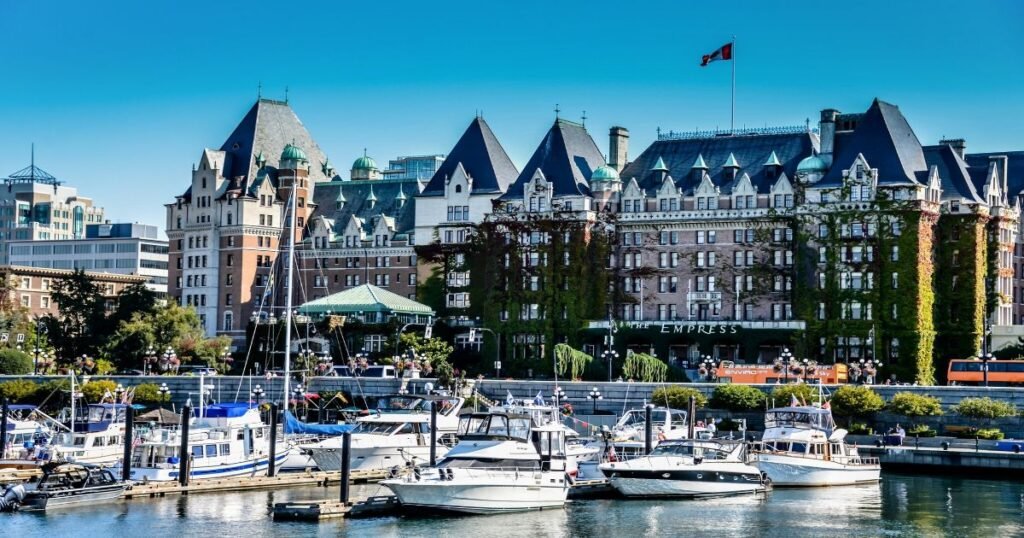
Victoria’s Inner Harbour represents British Columbia’s capital city offering picturesque waterfront experiences alongside cultural attractions.
Historical And Cultural Significance:
Founded back mid-19th century, this area reflects colonial architecture blending seamlessly modern amenities.
Unique Features:
Visitors can explore the Royal BC Museum enjoy afternoon tea at the Fairmont Empress Hotel stroll along waterfront pathways.
Best Time To Visit:
Spring and summer months provide ideal conditions for exploring outdoor attractions; fall showcases beautiful scenery.
Travel Tips:
- Transportation: Easily accessible via public transit within walking distance of downtown attractions.
- Accommodations: Range from luxury hotels to budget-friendly options available nearby.
- Local Customs: Tipping customary restaurant services is appreciated but not mandatory.
Also Read: Top 15 Tourist Attractions In India:
Conclusion
Canada truly offers an abundance of experiences waiting for discovery—from breathtaking natural wonders to vibrant urban centers—making it an unforgettable travel destination worth exploring again.

